Every table saw owner should know how to tune up their saw — whether it’s a brand new beauty or a Craigslist bargain.
New models can get jostled around and misaligned during shipping. Simply using a saw can push it out of alignment over time.
And that 10 year old Craftsman you crammed in the back of your Fiat? You best believe it needs a tune up.
A misaligned table saw — where certain components are out of square to each other — is a problem for two reasons.
One, it won’t make accurate cuts.
Your boards won’t be square. You’ll get burned edges. And the table saw motor will have to work way too hard.
Two, misalignment can be a recipe for dangerous situations.
I’m talking pinched boards and murder-missle kickbacks. Probably not what you signed up for when you started woodworking.
But don’t fret.
Assuming it’s in decent working condition, tuning up and maintaining a table saw doesn’t require a Masters in mechanical engineering.
All you need to do is follow this 5 Step Process to ensure your machine is safe and accurate — before you turn it on and find out the hard way.
THINGS YOU’LL NEED
- Owner’s Manual: Every table saw is adjusted differently, so you’ll need the owners manual for the model you have. You can find any manual online if you don’t have a copy.
- 12 inch Combination Square: Your adjustments will only be as accurate as the square you use, so make sure it’s a good one.
- Drying Lubricant: Drying lubricants won't gum up with sawdust and clog moving parts.
- General cleaning supplies: Paper towels, Simple Green, singing forest creatures, etc.
- Dial indicator (optional): You don’t need one, but it makes the process more accurate. There are inexpensive options online.
- Digital angle gauge (optional): Again, not necessary — but they’re super handy for squaring up your blade and other machines around the shop.
SAFETY NOTE:
Make sure your table saw is unplugged during all the following operations.
1. CLEAN, LUBRICATE, AND PROTECT
I’m talking about table saws, sicko.
Clean out all the sawdust and grime inside and out with a shop vac and air compressor. Compressed air canisters work too.
Lubricate all oil points with a drying lubricant (not regular oil). Drying lubricants prevent sawdust from gumming up and clogging the moving parts.
The oil points should be in your user’s manual. If not, just spray any gears and threaded shafts.
Onto cleaning the table top.
If it’s cast iron, you might see some rust spots developing. High grit sandpaper (400-1200 grit) or steel wool will knock it out in no time.
Give the table top a light spritz with a lubricant for the sandpaper. Oil, Simple Green, or other cleaning solutions work fine.
Lightly rub down the whole table top, then wipe it clean with a clean rag or paper towel.
RUST REMOVAL TIP
Got serious rust issues? Distilled white vinegar diluted with water is the solution (pun intended).
I mix them at about 1-to-1, lightly spray the cast iron, then scrub it down with high grit sandpaper.
Thoroughly wipe away all residue once the rust is removed. This video explains the whole process in more detail.
Now wipe down the entire table top with paste wax or cutting board conditioner.
It protects the cast iron from rusting, and keeps boards sliding smoothly over the surface.
Finish by buffing out the paste wax with the same cloth you used to wipe it on, and let it dry.
Cleaning your blades is also critical to getting the best performance from your table saw.
Pitch can quickly build up and cover the teeth — making it seem like the blade is dull, when all it needs is a light cleaning.
Simple Green does a good job taking off pitch, but it can damage the heat resistant coatings on some blades if it's not thoroughly wiped off.
We carry a CMT Blade Cleaner that won't damage protective coatings — and actually works as another layer of protection.
Just spray down the blade, let it sit a few minutes, wipe of the pitch, and your good to go.
You can also use it for all your router and drill bits to keep them squeaky clean.
DON’T FORGET THE BELT
Make sure to check the condition and tension of the motor belt.
Replace it if it’s cracked or fraying, and make sure it doesn’t have more than ¼ inch of play.
HOW OFTEN SHOULD YOU CLEAN YOUR TABLE SAW?
The more often the better. Give it a quick once over with a shop vac here and there, and lubricate every couple months.
The oils from your hands will cause rust over time, so it's good to avoid touching the cast iron when not necessary.
Cast iron will always patina, but regular cleaning and waxing can make a big difference in appearance.
Obviously, climate plays a role as well. Rust isn’t as big a problem in the desert.
But if your shop’s on a houseboat in the marina, be ready to go through buckets of paste wax.
2. ALIGN THE MITER SLOTS TO THE BLADE
This is the most important part of tuning up your table saw.
If the miter slots and blade aren’t square, your boards won’t be either.
It can also lead to your saw getting bogged down during cuts, burned wood, and kickback.
Use a 12 inch combo square or dial indicator to test alignment. The process is essentially the same either way.
Here’s how to do it with a combo square
NOTE:
This process assumes you use the table saw fence to the right of the blade from the user perspective.
If you do the opposite (why, WHY?!), reverse all the rights and lefts I mention below.
Raise the saw blade to full height, then lower it a tad (blades can go out of square when fully raised).
Pick a tooth and mark it with a sharpie. On ATB blades, I choose one where the set is closer to the left miter slot.
Rotate the blade so this tooth is closest to the user side of the saw.
Put a piece of wood in the left miter slot that’s the same thickness throughout. It doesn’t need to fit the slot exactly. It just needs consistent thickness.
Set the fence of the combo square against that piece of wood. Extend the blade of the combo square until it just barely touches the tooth you marked and lock it down.
Move the blade backwards (so you don’t dull the carbide) and listen to the sound the tooth makes as it grazes past the combo square blade.
It should be barely audible — like the voice in your head telling you to drop your day job and become an interpretive dancer.
Now, rotate the saw blade so the tooth you marked is at the back. Position the combo square so it’s again by the same tooth, and rotate the tooth past it.
It should make the same contact and sound as before.
If the tooth is making more contact, the back of the table needs to be shifted to the left (from the user’s perspective).
In truth, a little more contact on the back of the blade isn’t that bad. Some people even align it like this on purpose.
But if the tooth is making less contact with the combo square — or missing it completely — that’s a problem.
It can lead to wood getting pinched between the blade and fence (recipe for kickback). In this case, the back of the table top needs to be shifted to the right from the user perspective.
QUICK RECAP:
If the back of the blade and combo square make…
- More contact, shift back of table to the left
- Less contact, shift back of table to the right
To shift the table top’s position, look at the user manual to figure out which bolts to loosen.
DON’T LOOSEN THEM ALL COMPLETELY. Leave one of the bolts at the front mostly tightened so you can use it as a pivot point.
Use a rubber mallet or dead blow hammer to lightly tap the table top in the correct direction.
Give it a few taps, then recheck the blade and miter slot alignment.
Once the tooth you marked is making even contact with the combo square at both sides of the table, lock down the bolts.
(Tightening the bolts can shift the final position, so you might have to overcorrect).
It takes some trial and error — but be patient. Once it’s aligned, lock those bolts down tight.
HOW OFTEN SHOULD YOU ALIGN THE MITER SLOTS AND BLADE?
While it’s good to check periodically, you shouldn’t have to adjust the table top often.
Maybe once a year if your table saw has been stationary.
If it gets moved around a lot, you might have to master this process.
And always recheck alignment after any kickback (or brake activation, if you have a SawStop).
3. SET BLADE TILT STOPS TO CORRECT ANGLES
Your blade should have tilt stops at 90° and 45°.
First, raise the blade all the way, then lower it slightly.
If you have a digital angle gauge, calibrate it to zero on the main table top — not the throat plate. Stick it on the side of the blade so it’s not touching the teeth (they’ll push it out of square).
Look at your user manual to figure out how to loosen the tilt stops.
Once loosened, adjust the bevel of the blade until it’s at 90° and lock down one of the stops. Then adjust the blade to 45° and lock the second stop.
No digital angle gauge? No worries. You can also use a combo square.
Set the fence of the square on the table top with the blade against the saw blade. Make sure the fence is referencing the table top (or the throat plate as long as it's level — more on that below).
The blade should be between two teeth so it doesn’t get pushed out of square by the tooth set.
Bring your eye level down to the height of the table top, shine a line from the back, and look for any cracks of light between the combo square and saw blade.
Adjust the bevel until no light (or as little as possible) is peeking through, and lock the 90° stop.
For the 45° adjustment, remove the blade from your combo square and follow the same process with the 45° fence.
HOW OFTEN SHOULD YOU CHECK THE TILT STOPS?
For rough dimensioning, this isn’t such a big deal.
But if you’re at a point where things need to be exact, it’s worth checking the squareness of the blade before every project.
It takes less than a minute and saves you from heartbreak later on.
4. SQUARE THE FENCE
Your table saw fence needs to be parallel to the miter slots and at 90° vertically to the table top.
Adjustment will depend on the style fence you have. Again, reference your user manual.
To square the fence to the miter slots, follow a similar process to aligning the miter slots to the saw blade.
Use a dial indicator or combo square to reference from the same miter slot you used before. Measure the distance from the miter slot to the front of the fence, then do the same at the back.
Adjust until these distances are identical.
Make sure your fence is locked down when you take these measurements. Unlocked table saw fences have a lot of play.
You DO NOT want the back of the fence closer to the blade than the front. This is a major cause of kickback.
It’s better for the back of the fence to be slightly further from the blade than the front — but get as close to perfect as you can.
To square the fence to the table top, lock it down, slide up a trusty square, and check for any cracks of light.
Adjust until no light is breaking through, and you’re set.
HOW OFTEN SHOULD YOU SQUARE YOUR TABLE SAW FENCE?
Good quality fences shouldn’t need to be adjusted very often — but it’s always good to check.
If you know the miter slots and blade are square and you’re STILL getting burning or struggling to make cuts, definitely test the fence alignment.
Realign the fence after any adjustments to the alignment of the miter slots — and always check the fence after a kickback (or brake activation on a SawStop).
5. LEVEL THE THROAT PLATE AND EXTENSIONS
All you need for this is a straight edge you know is flat.
Set it on the main table top over the back of the throat plate, and adjust until the throat plate just barely touches the straight edge.
Check for level on the front, back, and both sides.
Follow the same process to level the extension wings and any extension tables. Just check the front, back, and middle of each piece and adjust as necessary.
HOW OFTEN SHOULD YOU LEVEL THE THROAT PLATE AND EXTENSIONS?
As long as everything’s properly locked down, you won’t need to do this often.
Sawdust can sometimes get packed in under the throat plate. Clean it with a shop vac whenever you change blades and it should sit just fine.
GET TOP PERFORMANCE FROM YOUR TABLE SAW
A well tuned and maintained table saw can easily be the most accurate tool in your shop.
As long as you stay on top of the 5 adjustments mentioned above, you’ll get ultra square and precise cuts for decades to come…
And save yourself from nasty wooden projectiles and trips to the ER.
Got any other tips for table saw maintenance? Let us know in the comments below!
Follow us on Instagram @katzmosestools and check out my YouTube channel for more woodworking related content…
And as always, STAY SAFE IN THE SHOP!

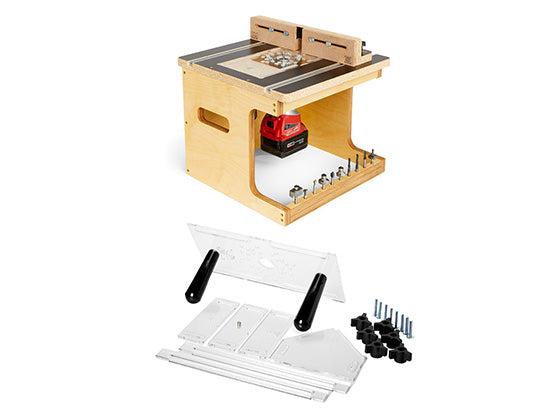
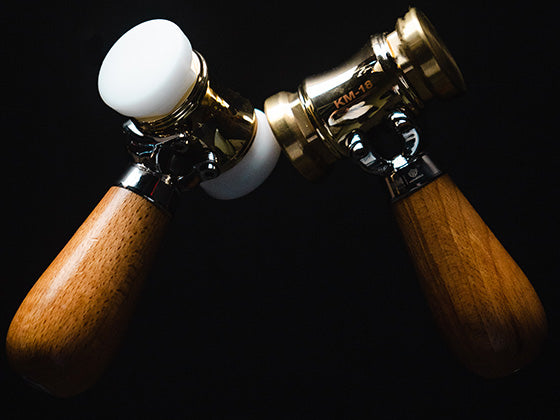
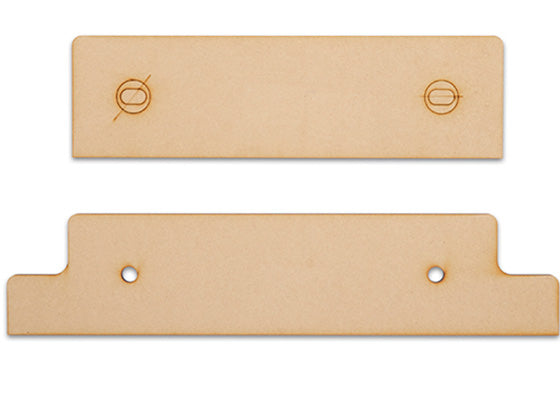
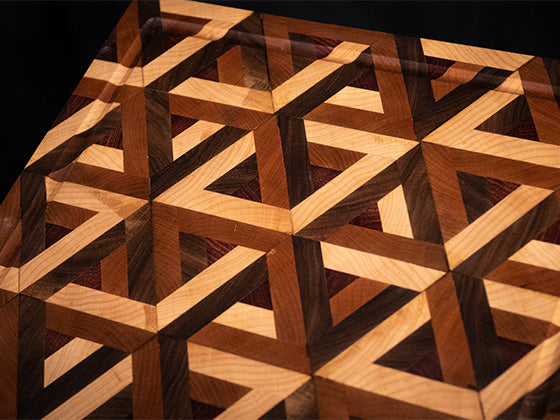
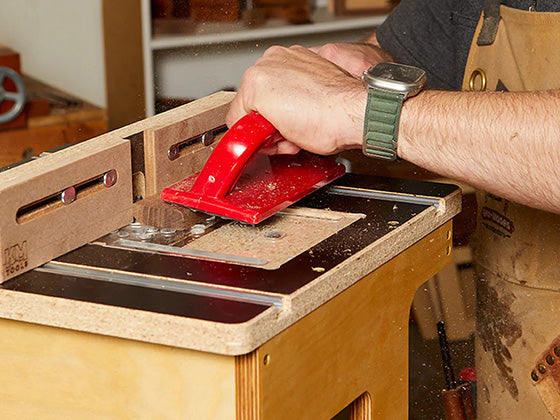
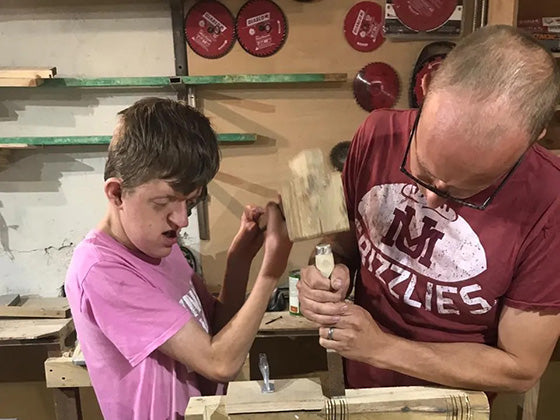
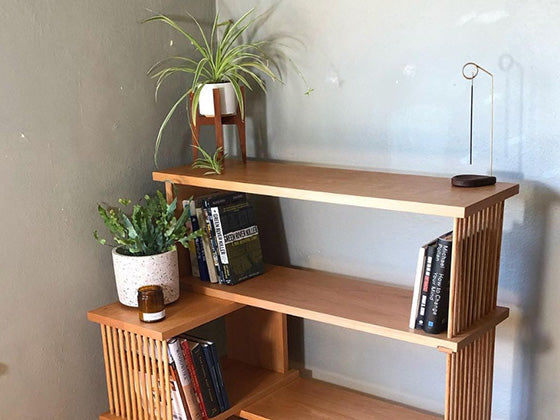

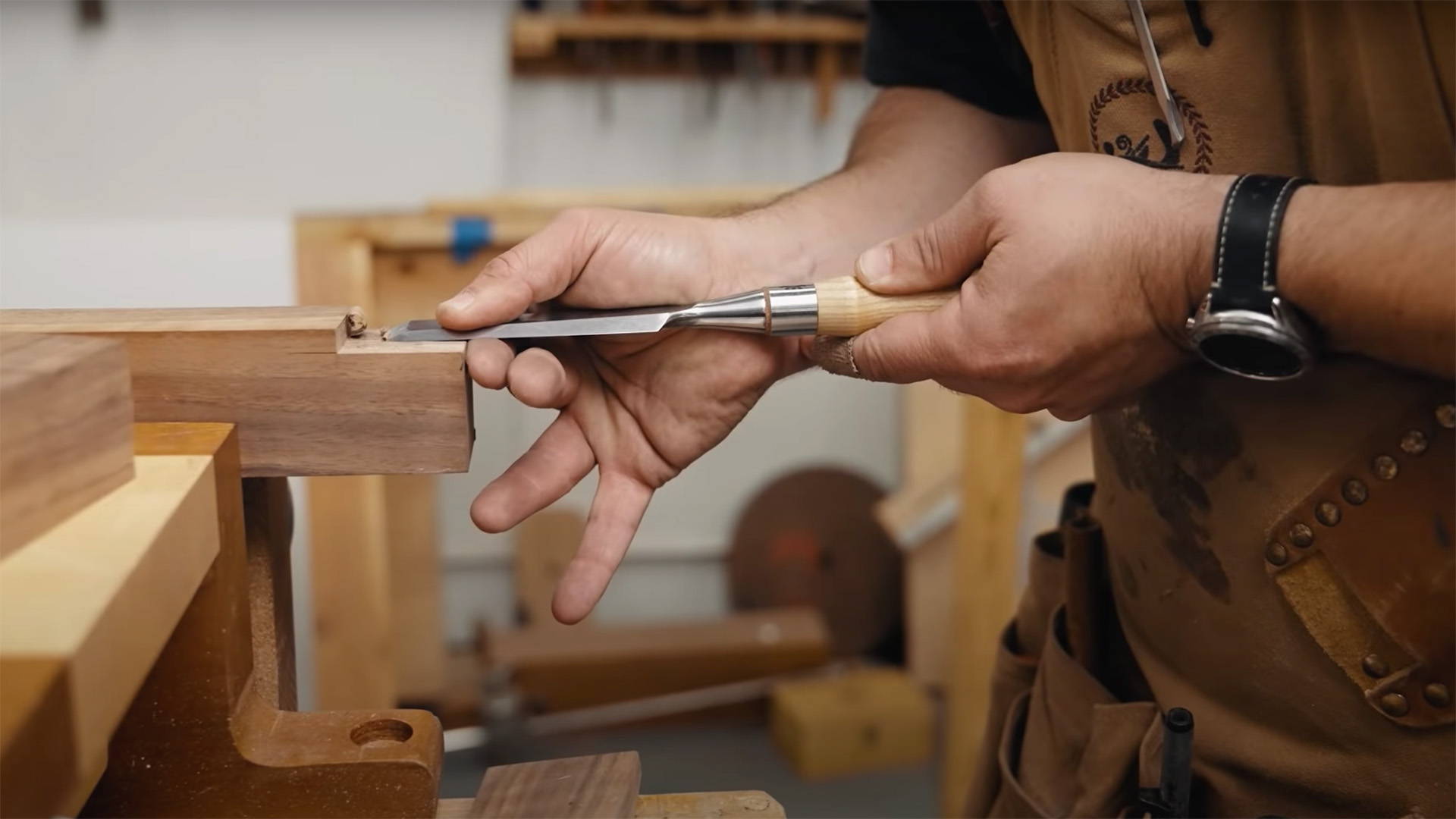
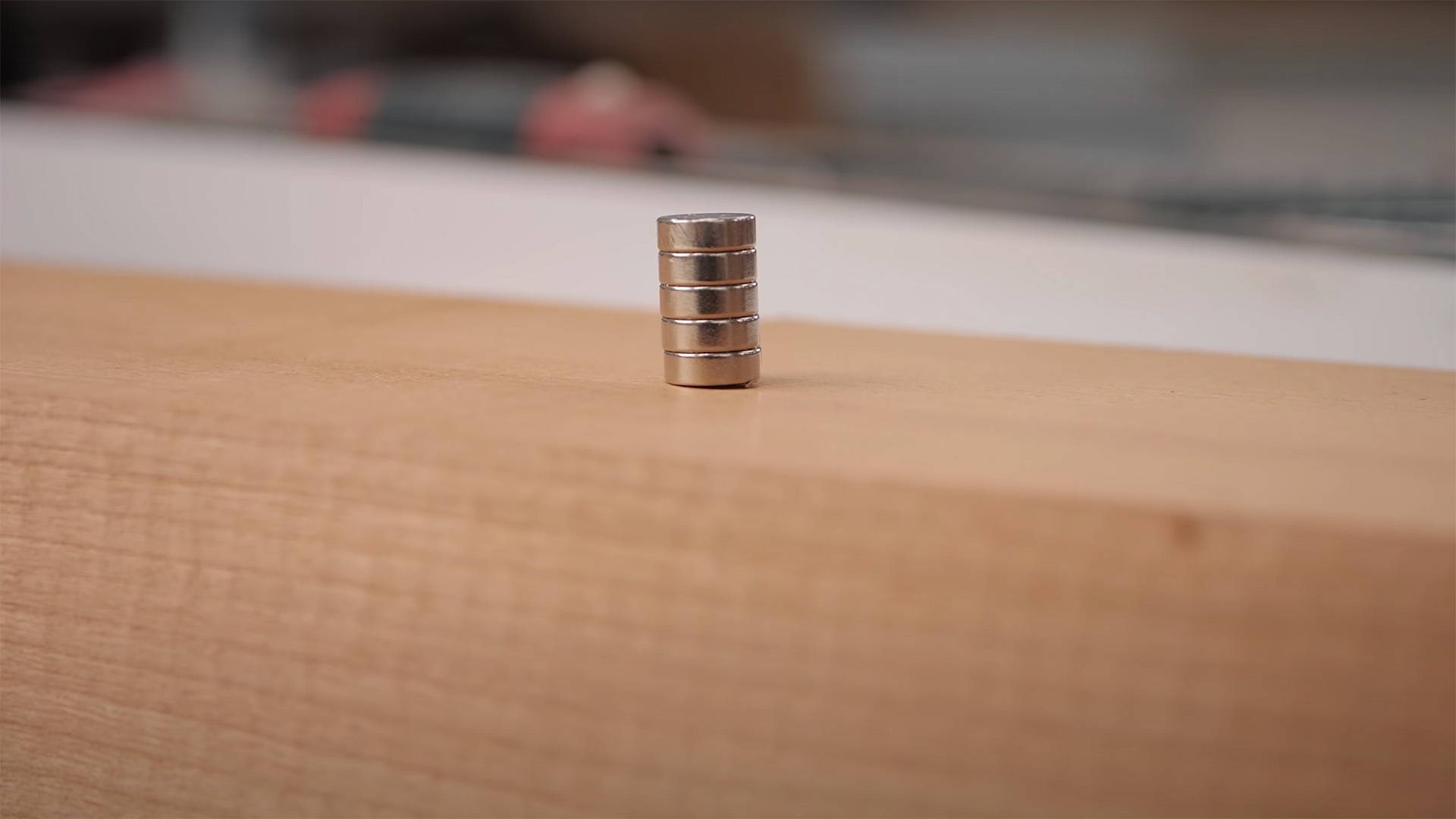
3 comments
Christoph
Great directions for tuning the table saw! Thanks! I am running an old Martin T75 cast iron panel saw and was wondering for the longest time, when I checked for parallel with a micrometer gauge, why the fence was not exactly parallel to the saw blade and why the sliding table was also not exactly parallel (off by about 10-20 µm or so over the width of the saw blade, if I remember right, such that the back of the blade would not engage with the work piece when rip cutting against the fence or when cross or rip cutting with the sliding table.) When checking the sliding table against the fence, the angle was obviously twice as large. It finally dawned on me that it was aligned like that on purpose to avoid contact with the rising part of the blade, as you mentioned. I found that a good way to quickly check for that with my other saws is to cut a piece either against the fence or with the miter slot and listen for the sound when you pass the back of the blade. It is very easy to hear if there still is contact and you can also see it on the wood if there are traces from the teeth.
Great directions for tuning the table saw! Thanks! I am running an old Martin T75 cast iron panel saw and was wondering for the longest time, when I checked for parallel with a micrometer gauge, why the fence was not exactly parallel to the saw blade and why the sliding table was also not exactly parallel (off by about 10-20 µm or so over the width of the saw blade, if I remember right, such that the back of the blade would not engage with the work piece when rip cutting against the fence or when cross or rip cutting with the sliding table.) When checking the sliding table against the fence, the angle was obviously twice as large. It finally dawned on me that it was aligned like that on purpose to avoid contact with the rising part of the blade, as you mentioned. I found that a good way to quickly check for that with my other saws is to cut a piece either against the fence or with the miter slot and listen for the sound when you pass the back of the blade. It is very easy to hear if there still is contact and you can also see it on the wood if there are traces from the teeth.
Matt Ferrell
Jon,
You wrote, “In truth, a little more contact on the back of the blade isn’t that bad. Some people even align it like this on purpose.” How much of that is acceptable, if that is right word? Just curious how much fiddling would be necessary if it is a little bit out this way. And generally what is acceptable if you are using a dial gauge? Thanks for any feedback.
Matt
Jon,
You wrote, “In truth, a little more contact on the back of the blade isn’t that bad. Some people even align it like this on purpose.” How much of that is acceptable, if that is right word? Just curious how much fiddling would be necessary if it is a little bit out this way. And generally what is acceptable if you are using a dial gauge? Thanks for any feedback.
Matt
Harry Davis
Great information. I always look forward to these emails. Thanks much,
Great information. I always look forward to these emails. Thanks much,